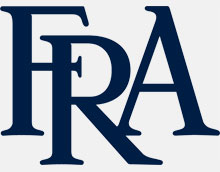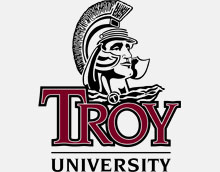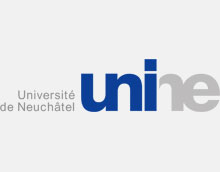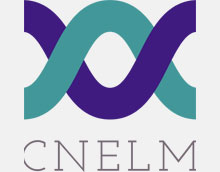Two Voice Trackers can be combined using a simple 3.5mm stereo Y. Our 25 foot 3.5mm extension cables can be used to separate the microphones.
For better coverage in large rooms, several Voice Tracker I and Voice Tracker III can be combined with a mixer.
Mixers that accept unbalanced, mic level stereo input through a 3.5mm TRS connection would be preferred for simplicity, even if simple adapters are required.
However, most Pro AV mixers require balanced XLR connections. In that case, you can adapt from 3.5mm to XLR using an adapter/transformer like the Sescom SES-AUD-RCA-XLR adapter. You will need a 1/8th inch to ¼ inch adapter. These adapters will also help prevent ground loops. You can adapt just before the mixer, but adapting at the microphone and using XLR extension cables provides better shielding from noise pickup.
Reasonably priced mixers that have worked well with our microphones are the Shure SCM 268, the Extron MVC 121 Plus and the RDL-RU-MX4
Nova Southeastern University used the Extron MCV 121 Plus in dozens of rooms. See: https://www.acousticmagic.com/about-us/user-comments/#alinzels
Mixers can improve sound quality though features like EQ, compression limiters, etc.
An interesting example of 4 Voice Tracker III combined to cover a large auditorium (including a block diagram) can be seen at https://www.acousticmagic.com/news/combining-4-voice-tracker-iii-array-mics-for-hybrid-learning-in-a-large-auditorium/
A more expensive approach is to use a DSP device like the BiAmp Tesira.. See: https://www.acousticmagic.com/news/combining-two-voice-tracker-greater-room-coverage/
This approach is best implemented by a professional AV integrator. Care must be taken in the connections.
If you are trying to connect to a mixer or DSP using wires rather than connectors, connect the tip and the ring to Positive and Negative on the DSP or mixer.
Do not connect the ground to the DSP.

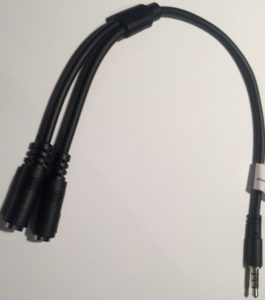
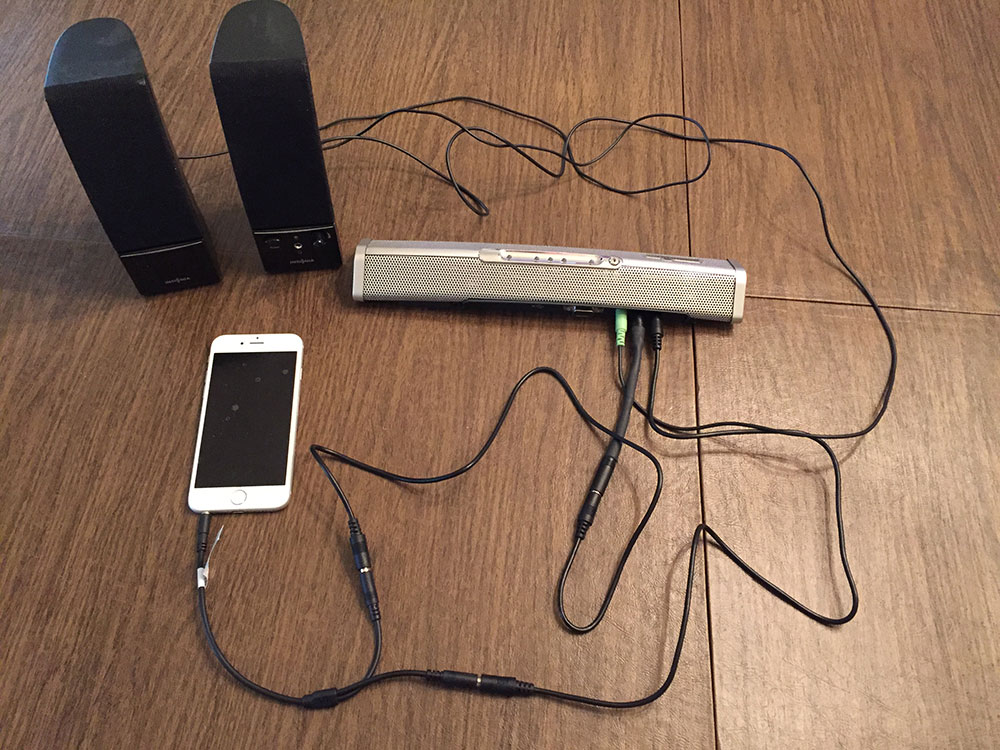
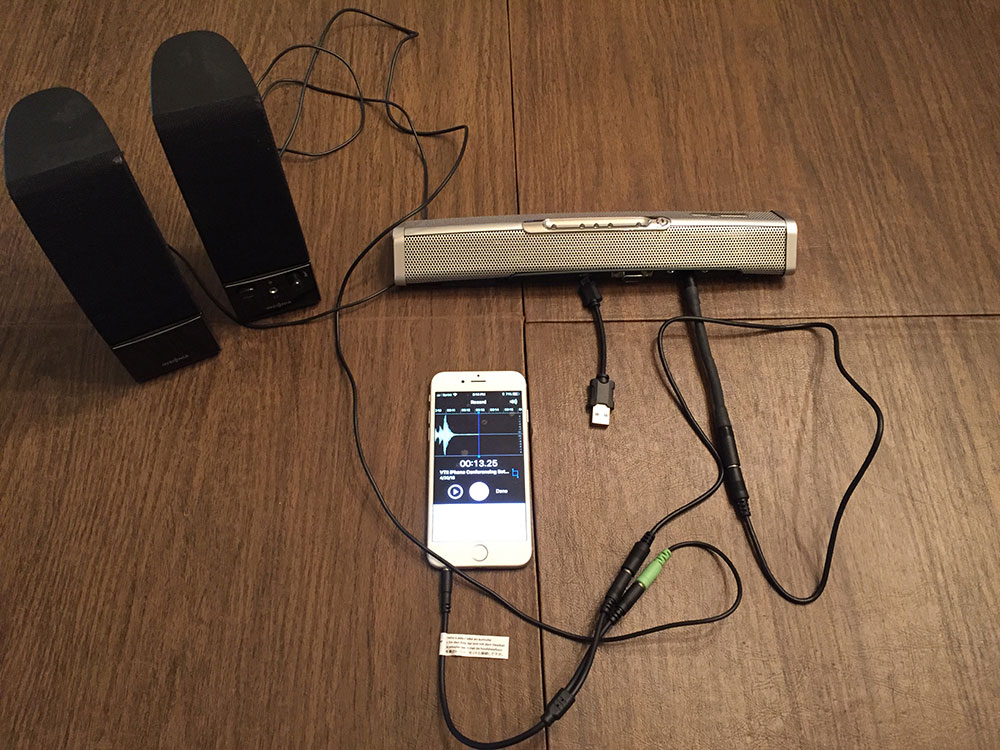
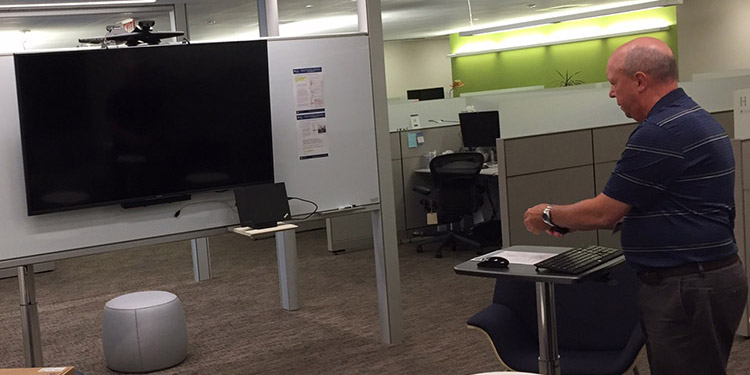
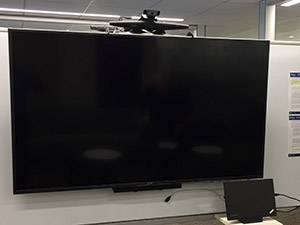 A well known eastern insurance company is employing Voice Tracker I microphones throughout cubicle areas to facilitate Skype for Business based collaboration meetings.
A well known eastern insurance company is employing Voice Tracker I microphones throughout cubicle areas to facilitate Skype for Business based collaboration meetings.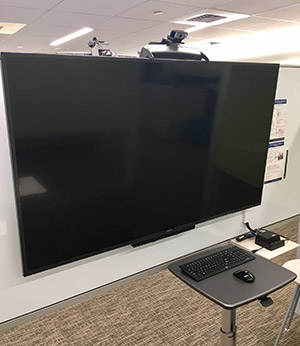 The Voice Tracker picks up the talkers around the monitor, and ranges of 25 feet or more, and with an extremely wide field of view.
The Voice Tracker picks up the talkers around the monitor, and ranges of 25 feet or more, and with an extremely wide field of view.